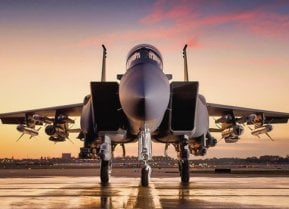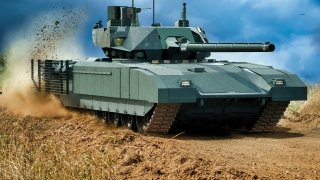Russia's T-14 Armata Tank: The Ultimate Armor Failure?
Russia’s T-14 Armata main battle tank was supposed to be Russia’s tank of the future. Initially, the Russian Army had planned to acquire about 2,300 T-14s between 2015 and 2020. That hasn’t happened.
Russia’s T-14 Armata main battle tank was supposed to be Russia’s tank of the future. Initially, the Russian Army had planned to acquire about 2,300 T-14s between 2015 and 2020. That hasn’t happened. And now, as Sergio Miller argues in Wavell Room, the Armata “story is over.”
Is the T-14 Armata over?
The Armata got off to a rough start – breaking down during its unveiling at the 2015 Victory Day parade, in front of thousands of onlookers. Miller argues the breakdown was an “augury” and that now, several years later, “it can be stated with confidence the Armata story is over.”
So, what happened?
The Armata is, technically, still Russia’s tank of the future. But things have not been going well for a while. And in September, the Armata was pulled from front-line duty in Ukraine, suggesting that the fourth-generation tank couldn’t cut it.
“Armored forces from Russia’s southern military district (SMD) were given T-14 “Armata” main battle tanks (MBTs) for combat operations, according to the state news agency Tass, which noted that this was Moscow’s first official confirmation of their use in Ukraine,” Newsweek reported.
As one military source told Tass, “The Armata was actively used by the (SMD) in combat operations. Several units participated in battle to see how the tank would perform. They were then withdrawn from the front line.”
The withdrawal of the T-14 from the Ukrainian front lines does not mean concretely that the tank is canceled. But that the Russia’s did not feel confident inserting, and keeping, their tank of the future into a stagnant war of attrition, suggests a lack of confidence in the weapons platform.
“The T-14 Armata had been eagerly anticipated as a piece of equipment that would provide a huge boost for Russia’s armed forces,” Newsweek reported. “Among its assets is an unmanned turret and it can support a 125mm cannon. It’s crew operates the vehicle from an armored capsule within the tank’s hull, increasing survivability in case of a strike.”
The armored capsule is an encouraging feature for an Army that is reported to have had 315,000 soldiers killed or injured during the conflict – which is 90 percent of the personnel Russia had when the conflict began. And according to a source speaking with Reuters, losses to personnel and armored vehicles, “have set back Russia’s military modernization by 18 years.”
Yet, the T-14, meant to spell a measure of relief for the beleaguered Russian Army, has been recalled, back to safety.
Problems with the T-14 Armata engine?
Miller suggests that a significant part of the Armata’s trouble stems from the engine – and the fact that the tank was designed around an engine, rather than the other way around.
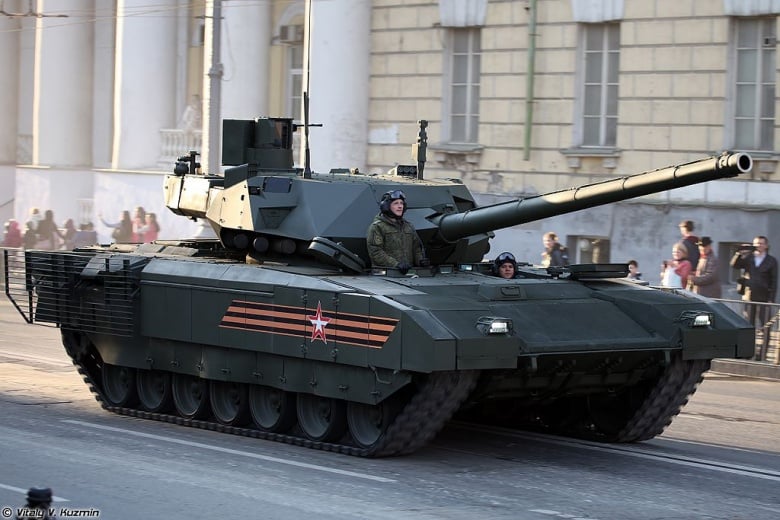
“By a roundabout and unclear route, Uralvagonzavod (UVZ) – Russia’s main tank manufacturer – decided to use the [A-85-3] engine as the basis of the novel tank,” Miller wrote. “The tank was designed around the engine and not the other way round. It seemed a good idea: the A-85-3 was smaller and more powerful, if heavier, than the V-92S2F now fitted to the modern T-72B3s and T-90s.”
Yet, as Miller points out, the decision to outfit the T-14 with the A-85-3 engine had negative consequences. Namely, “the A-85-3 did not sell because it was complex” and “manifested too many problems and was “difficult to maintain.” The Russians could have fixed the T-14’s engine problems with a quick swap – the proven V-92S2F engine for the A-85-3. Only, the 92S2F is too big for the T-14, which was built around the smaller A-85-3.
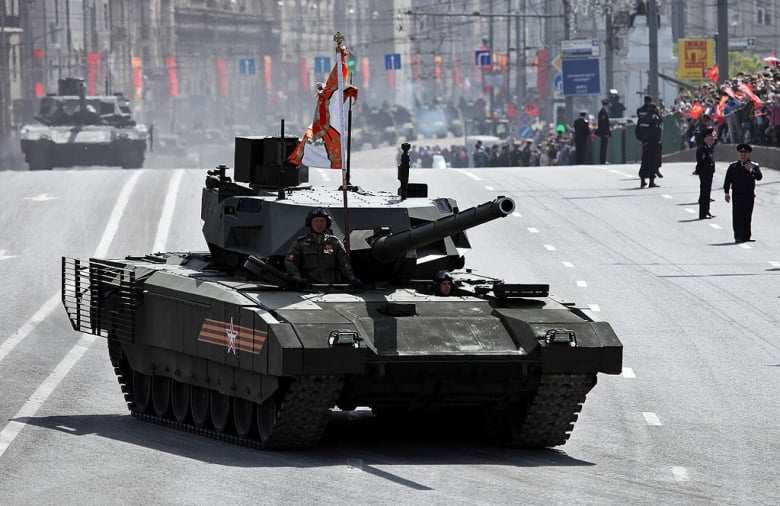
“The only realistic engineering solution now is to start again,” Miller wrote. “Currently, no authority appears willing to accept this reality.”
The future of the T-14
Miller forecasts that the T-14 will never become a production tank for the Russians. Why? Because of one “practical and mundane” reason: “there is no assembly line.”
To date, all T-14 models have been hand assembled – like a Ferrari or a Porsche. Russia did go so far as to build the location where the assembly line would be built – but the place is just a plant shell without an active assembly line inside.
“Contracts were signed but Western machine tools and other technology were never supplied due to sanctions,” Miller reported.
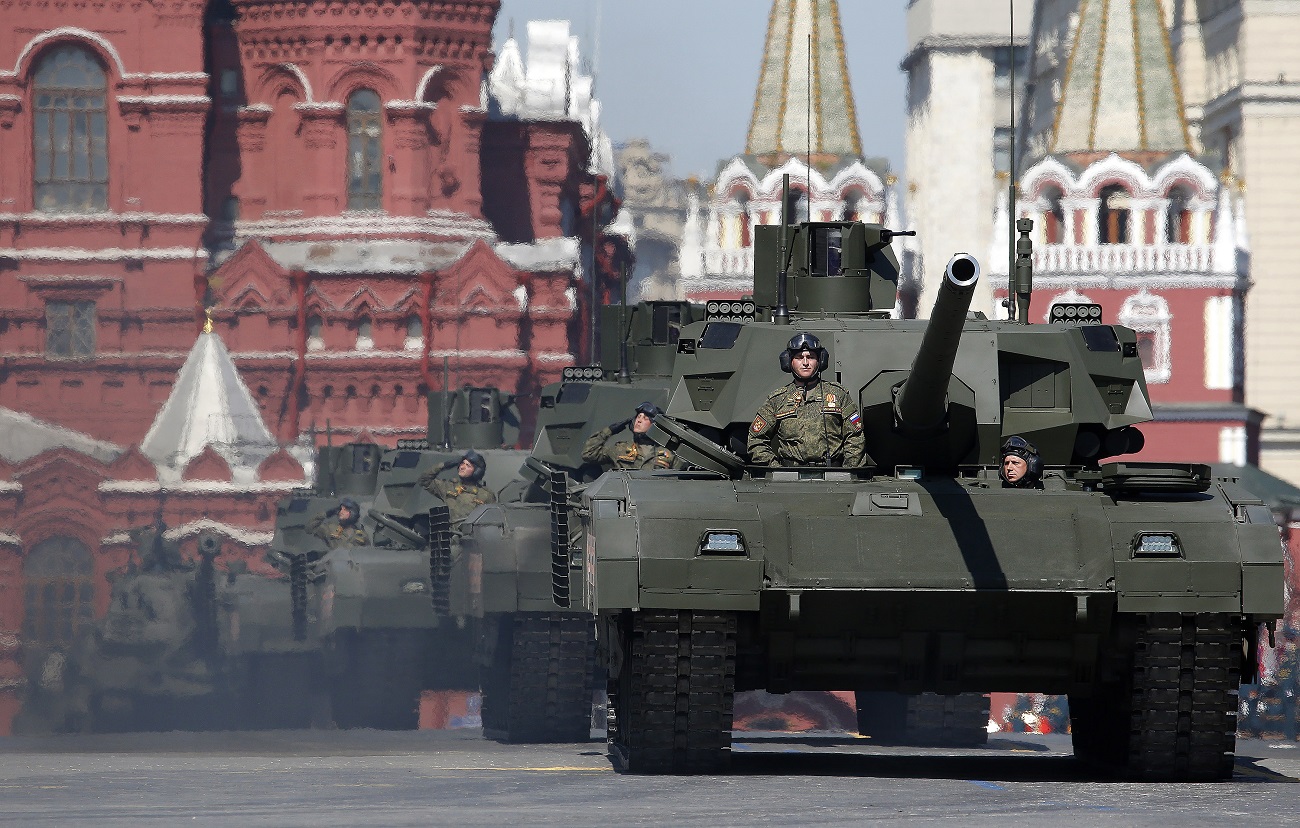
So, while the T-14 assembly does not yet exist, UVZ is “fully engaged in sustaining the T-72B3 and T-90M assembly lines, desperately needed to replace war losses.”
In all likelihood, the T-14 will never be mass-produced, notes Russian defense journalist Roman Skomorokhov. “The fact remains that the T-14 will remain a prototype toy with no chance of mass production.”
About the Author
Harrison Kass is a defense and national security writer with over 1,000 total pieces on issues involving global affairs. An attorney, pilot, guitarist, and minor pro hockey player, Harrison joined the US Air Force as a Pilot Trainee but was medically discharged. Harrison holds a BA from Lake Forest College, a JD from the University of Oregon, and an MA from New York University. Harrison listens to Dokken.
Image Credit: Main Image is from Shutterstock. All others are from Creative Commons.
